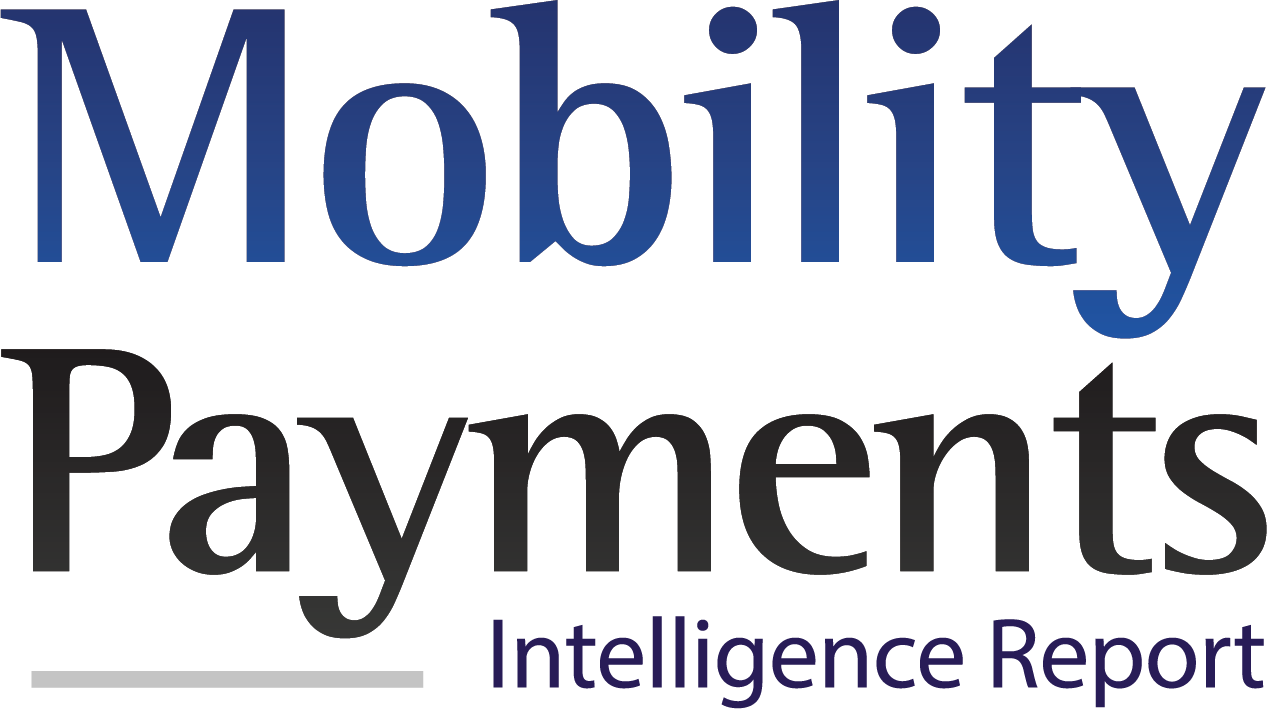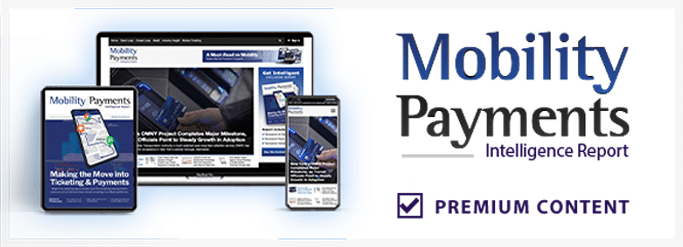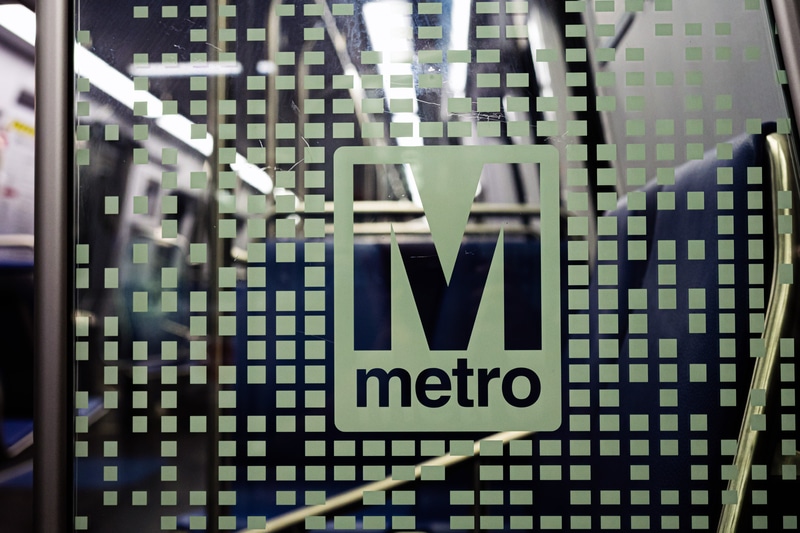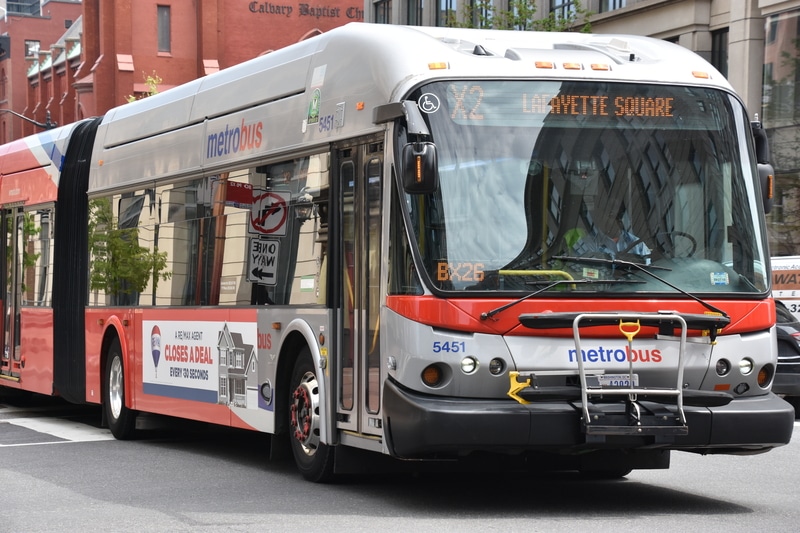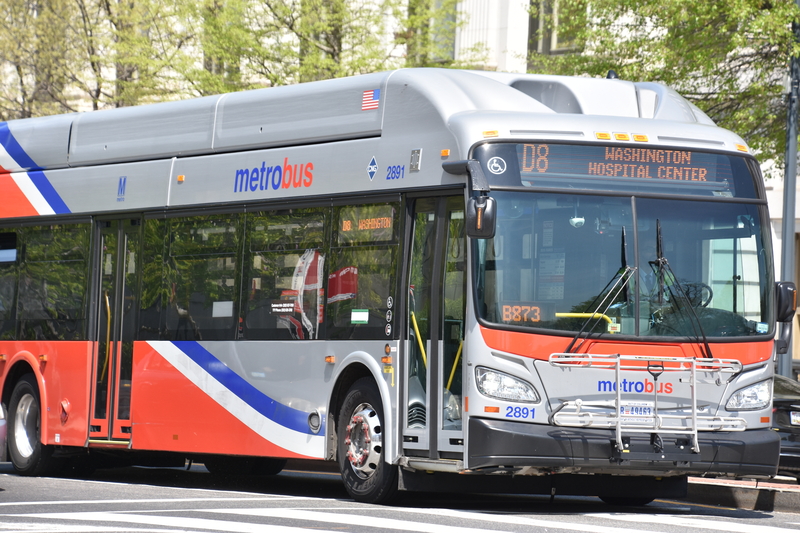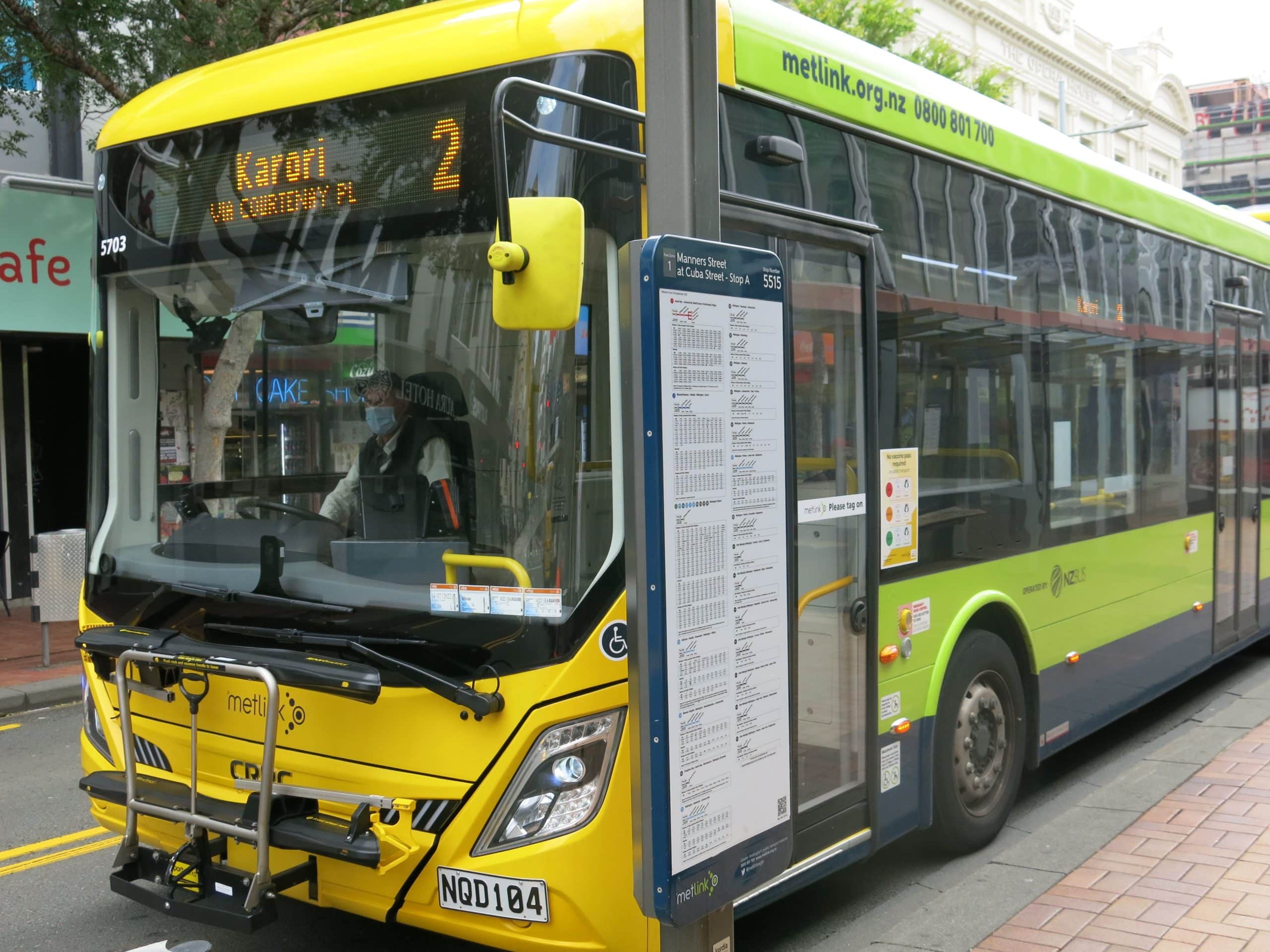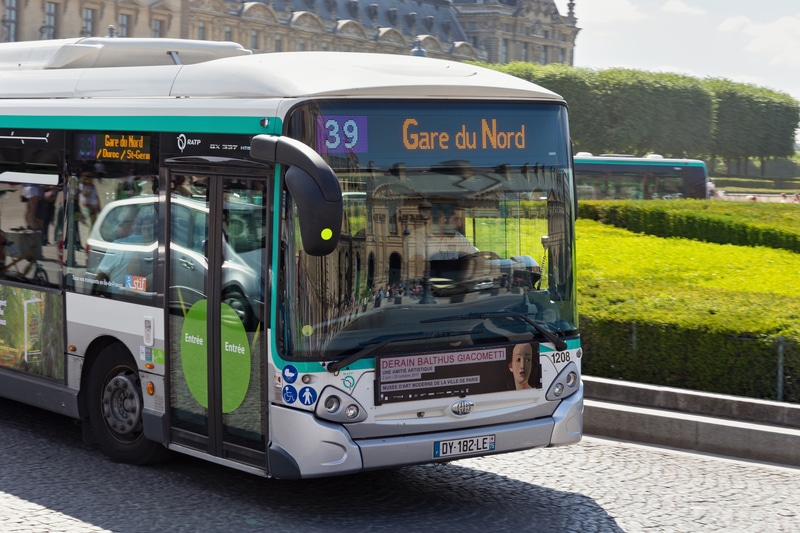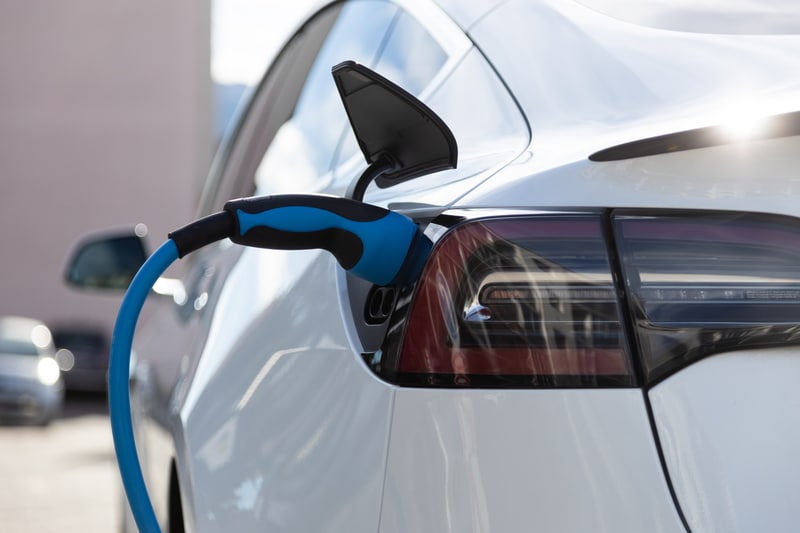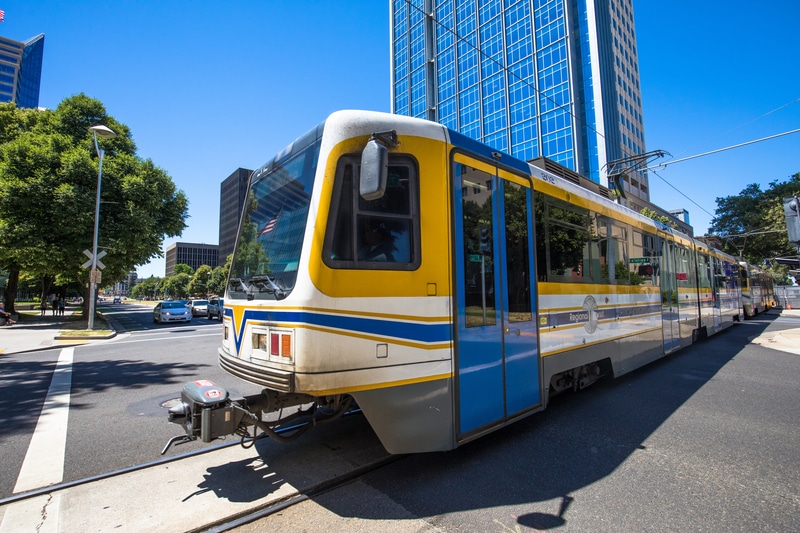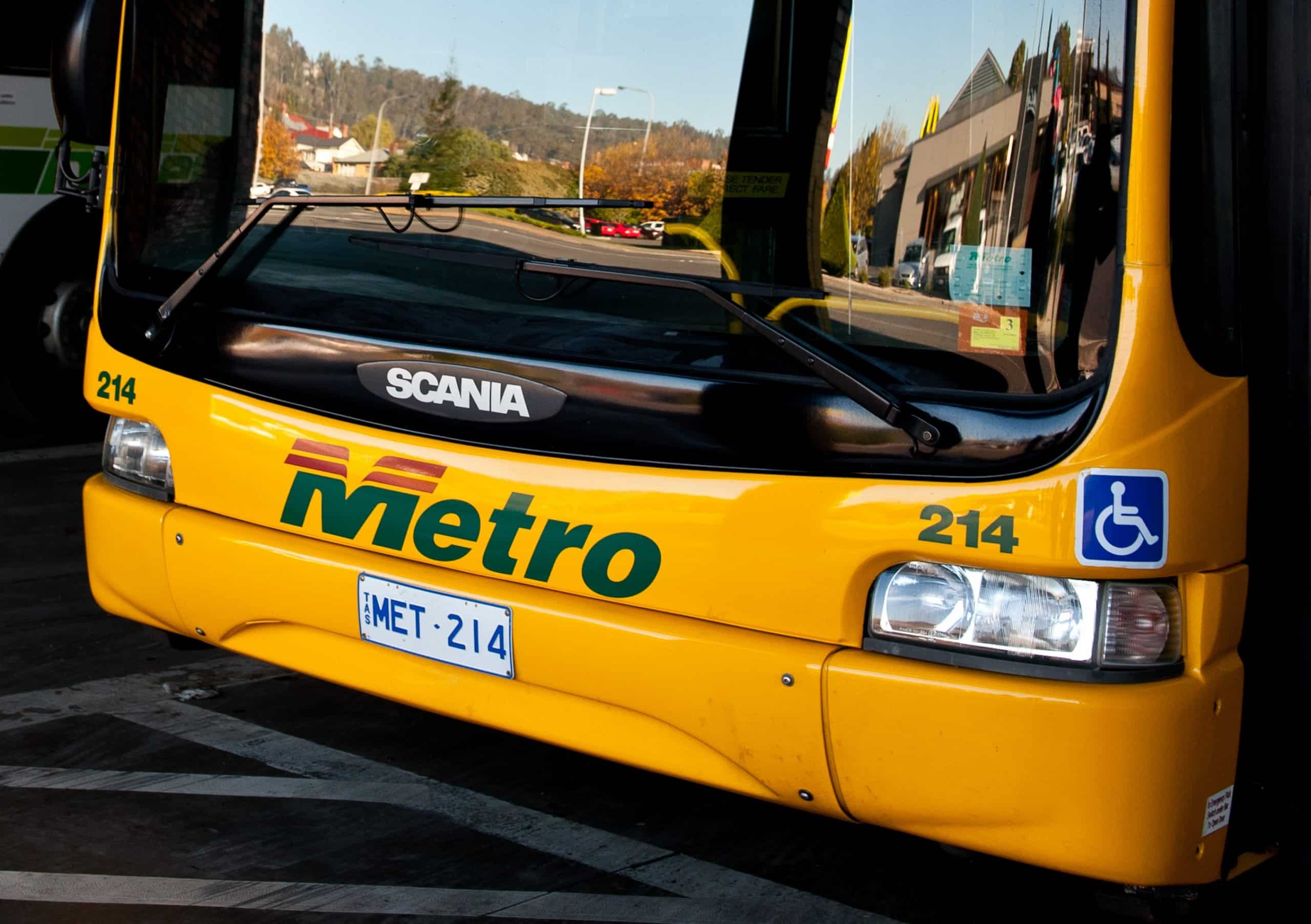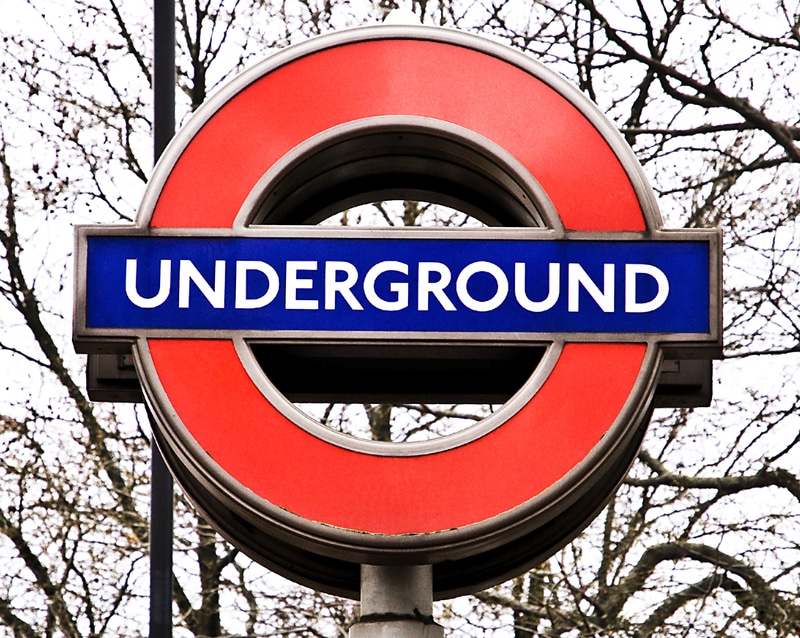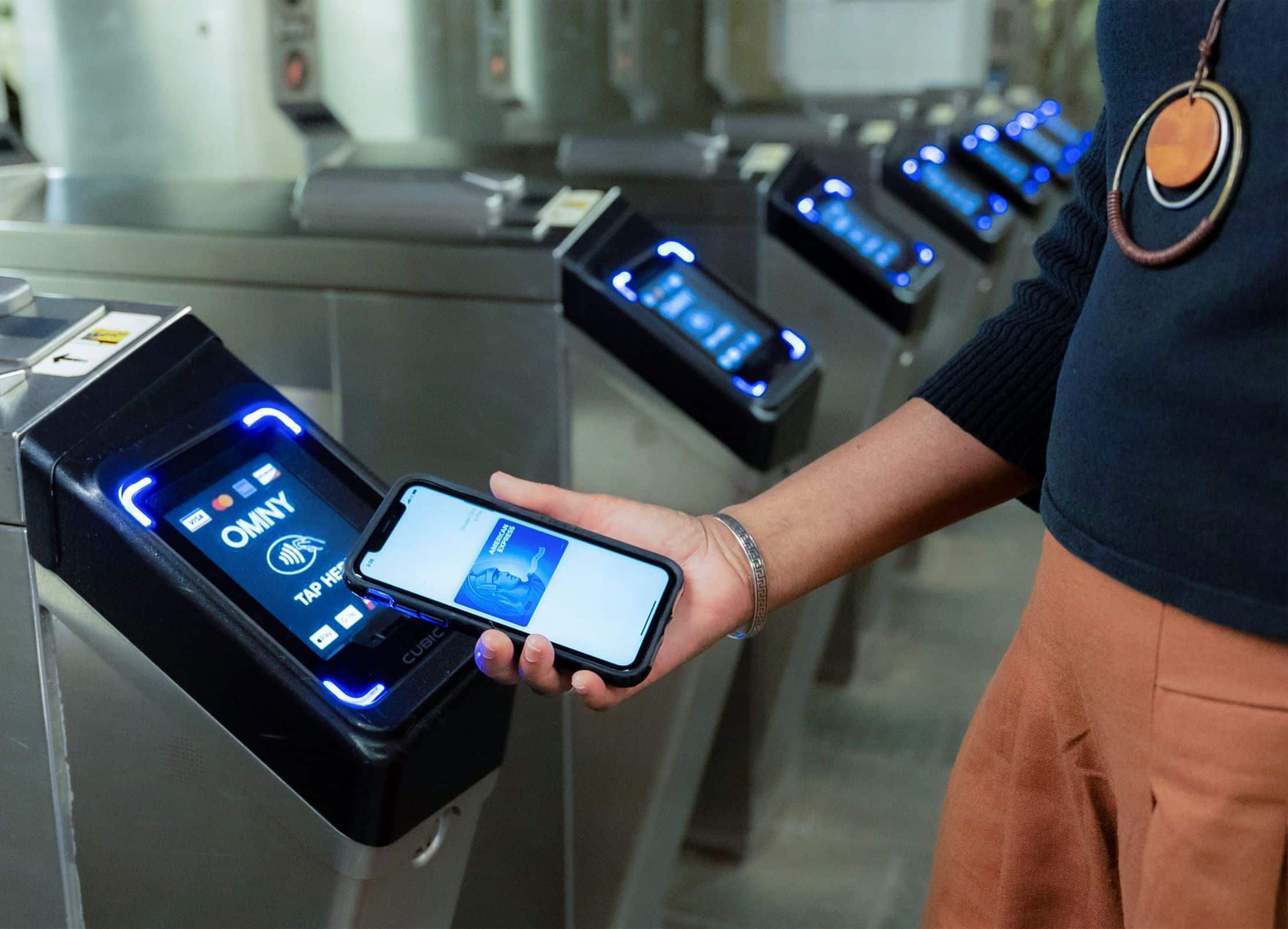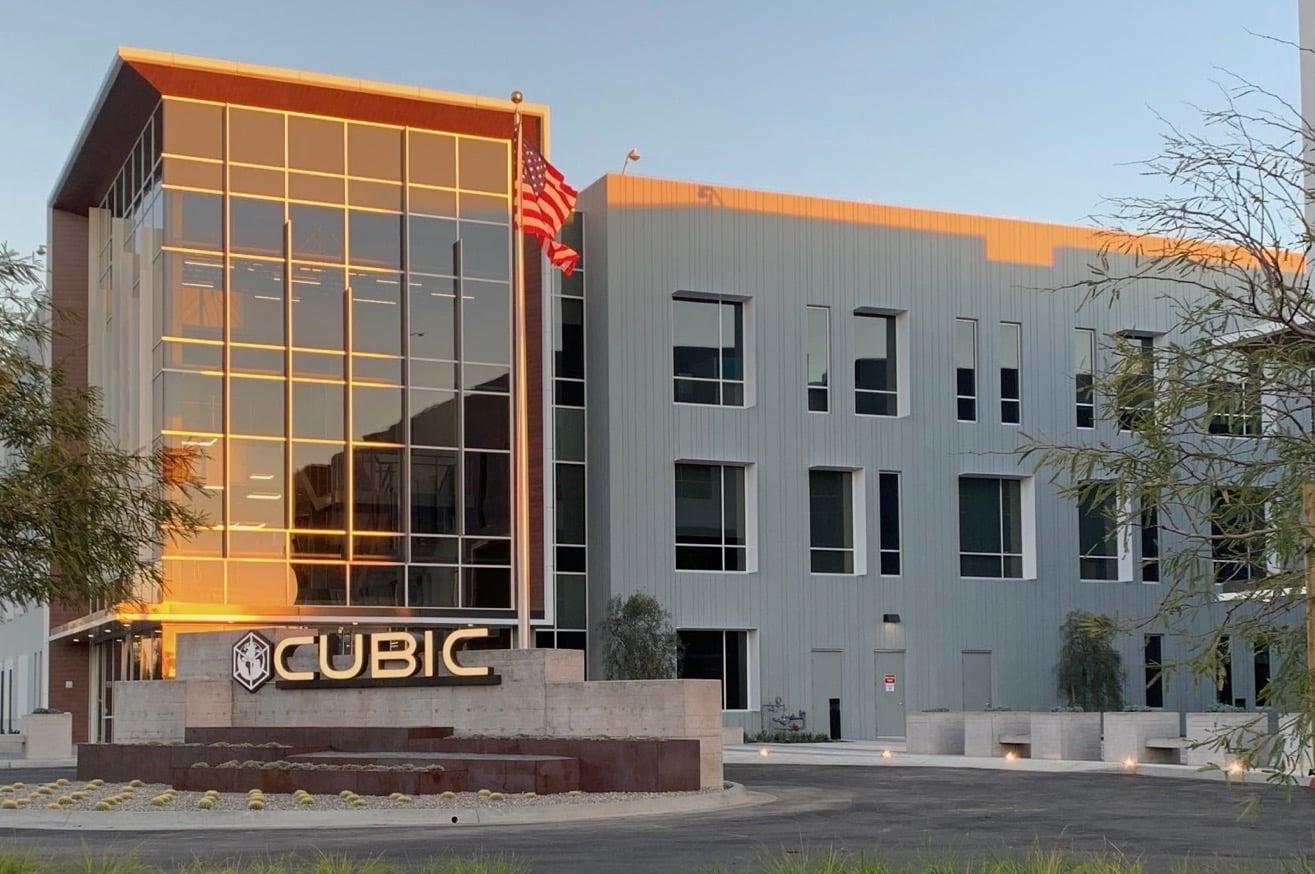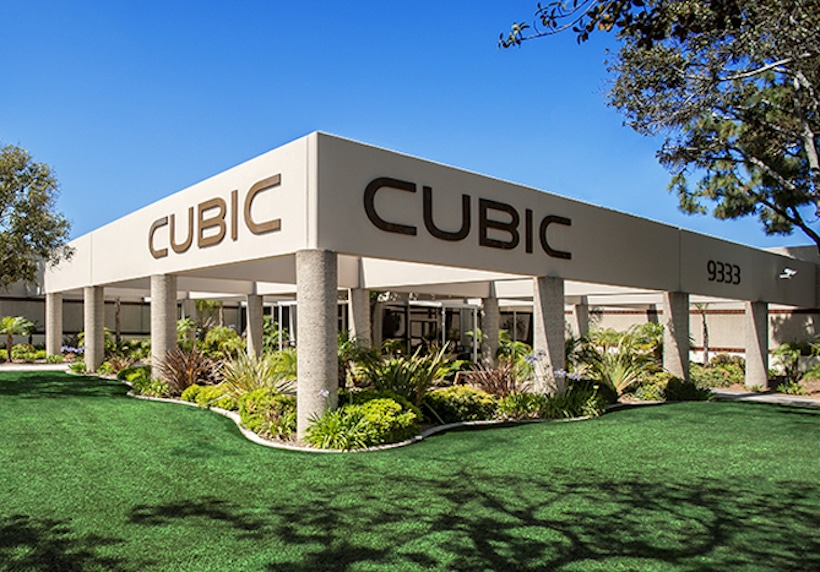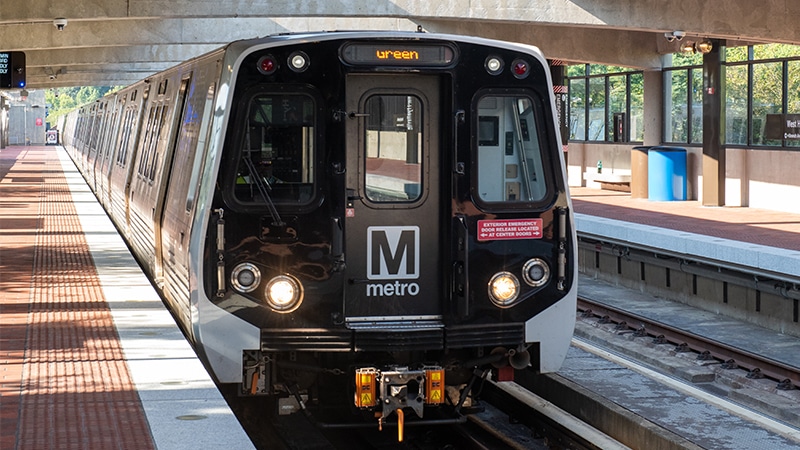
Article Highlights
Washington, D.C. transit agency WMATA launched open-loop payments this week after a fast-track rollout using “open-payment overlay” technology. Overlays are designed for quick time to market and low costs, but the scope of the service is limited so far, and the agency appears to have needed expensive help beyond the main vendor from incumbent Cubic and consultants.
• Document: FY2025-Q3, Capital Improvement Program Progress Report, May 2025
• Document: FY2025-Q2, Capital Improvement Program Progress Report, p40, Feb. 2025
• Factbox: WMATA Open-Loop Profile, May 2025
• Document: WMATA RFP, Open-Loop Overlay, Feb. 2024
• WMATA (Washington, D.C.)
• Littlepay
• Cubic
• Jacobs
• NYC Subway
• Alexandria Transit
• MTA (Maryland)
• Consult Hyperion
The Washington (D.C.) Metropolitan Area Transit Authority launched open-loop payments Wednesday for full fares on its subway system, following a fast-track, five to six-month implementation that met its target of launching on the subway in time for most WorldPride 2025 events being held in the U.S. capital.
The project is noteworthy because it uses an “open-payment overlay” to enable WMATA’s closed-loop terminals to accept credit and debit cards, including in mobile devices. The concept can offer a quick time to market and potentially cut costs, though is not an option for every agency and comes with some drawbacks. And in WMATA’s case, the agency is spending millions more by paying other vendors to help set up the new system, in addition to its main overlay vendor, Littlepay, Mobility Payments has learned (see below).
